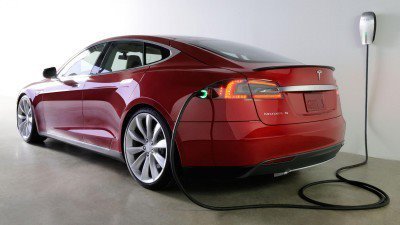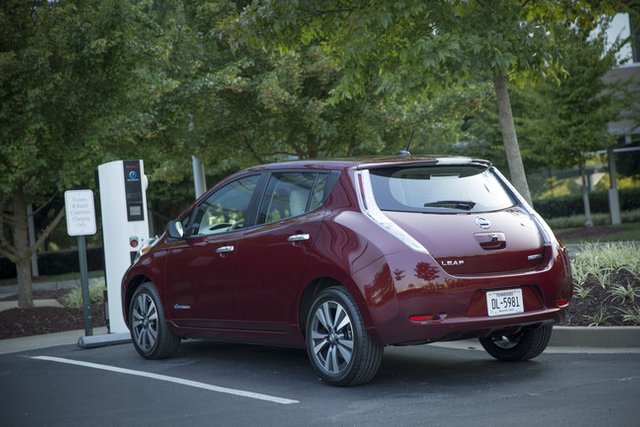Electric Cars - What You Need to Know
Norways love of electric vehicles.

No data were available for the first quarter for U.S. or China, which are both major markets for electric vehicles, when CNBC contacted IHS.
However, IHS's last Automotive Plug-in Electric Vehicle Index showed 0.6 percent of vehicles newly registered in the U.S. in the second quarter of 2015 were PEVs, compared to 0.4 percent for China and 0.3 percent for Japan.
Norway’s incentives
Norway's push for electric cars dates backs 20 years and is based on the assumption that vehicles that run fully or partially on renewable energy are better for the local environment, the climate worldwide and for the preservation of fossil fuels.
Since then Norway, which is one of the world's main oil producers, has developed the world's most extensive network of charging stations for electric cars, the locations of which are listed on a publicly available database. The stations mostly date from a government infrastructure drive in 2009-2010.
Plus, Norwegians enjoy a range of benefits if they buy or drive electric vehicles. These include exemptions from purchasing taxes (which are extremely high in Norway), no charges on toll roads, free parking and access to public bus lanes.
Norway's Parliament met its target of 50,000 zero-emission vehicles on the road three years early, in April 2015, and there were 70,000 vehicles on the road by the end of last year, according to the Norwegian Electric Vehicle Association. Its official goal is 100,000 electric cars by 2020, but the organization says this is probably too modest.

Pros and cons
Other than lower emissions, less air and noise pollution and reduced reliance on non-renewable energy sources, electric car users enjoy a quieter and smoother drive and say the engines are more reliable than petroleum-powered internal combustion equivalents.
Another benefit is electric vehicles can be charged from home if one has a suitable inlet and are economical to run in countries where electricity is cheap.
However, electric cars are expensive to run compared with similar small or medium-sized gas vehicles and there is a limited choice of brands and styles available. Prices for mass-market EVs such as the Ford Focus Electric and 2016 edition of the Nissan Leaf start at around $29,0000 in the U.S., according to the car companies' websites.
By comparison, the starting price for a new, conventionally-fueled Ford Focus is around $17,225 and a Nissan Versa Sedan sells from $11,990.
"Generous subsidies and tax breaks are playing a role in supporting demand, but overall adoption rates are constrained by factors such as relatively low real-world driving ranges (i.e. issues with battery storage and density), limited model availability and, most importantly, high costs compared to internal combustion engine vehicles. The latter has been amplified by the collapse in the crude oil price in 2015," Charlie Thomas, head of strategy at Jupiter, a U.K. boutique asset management firm, said in a report last week.
Europe's most popular electric cars by year-to-date sales:
- Nissan Leaf: 6,168
- Renault Zoe: 5,578
- Tesla Model S: 3,378
- Volkswagen e-Gold: 2,228
- BMW i3: 1,567
Source: European Alternative Fuels Observatory
Nissan Leaf 2016

Source: Nissan Image Library
Another downside is PEVs need to be refueled more frequently and for longer periods of time than their petrol-run equivalents. They are not ideal for those who drive long distances without breaks, although battery capacity is steadily improving.
Nissan boasts that the 2016 Leaf, available from $26,700 in the U.S. after the federal tax credit, will be the first affordable all-electric car to drive for more than 100 miles (107 miles) on a single charge.
Analysts say global ownership of PEVs could rocket when the total cost of purchasing and running one falls below internal combustion engine vehicles. Forecasts suggest this could be as soon as 2020.
"This could have a profound impact on the supply and demand dynamics in this market. Some estimates suggest electric vehicles could represent up to 50 percent of new car sales by 2040, although this figure may be constrained by a persistently low oil price," Thomas said.